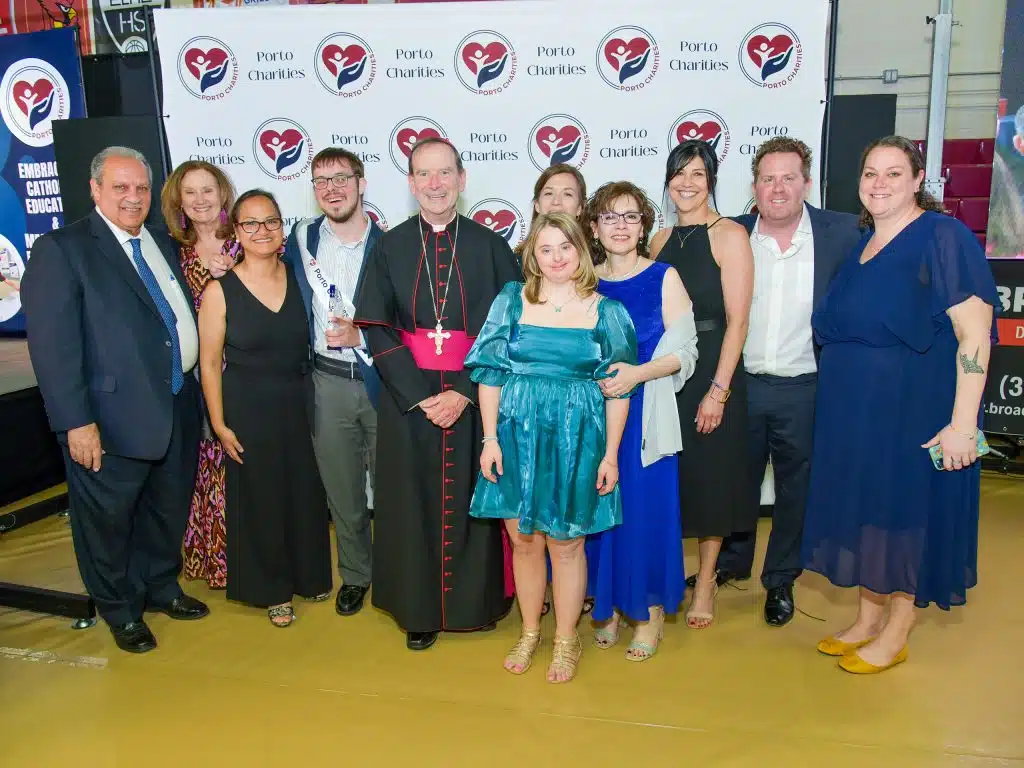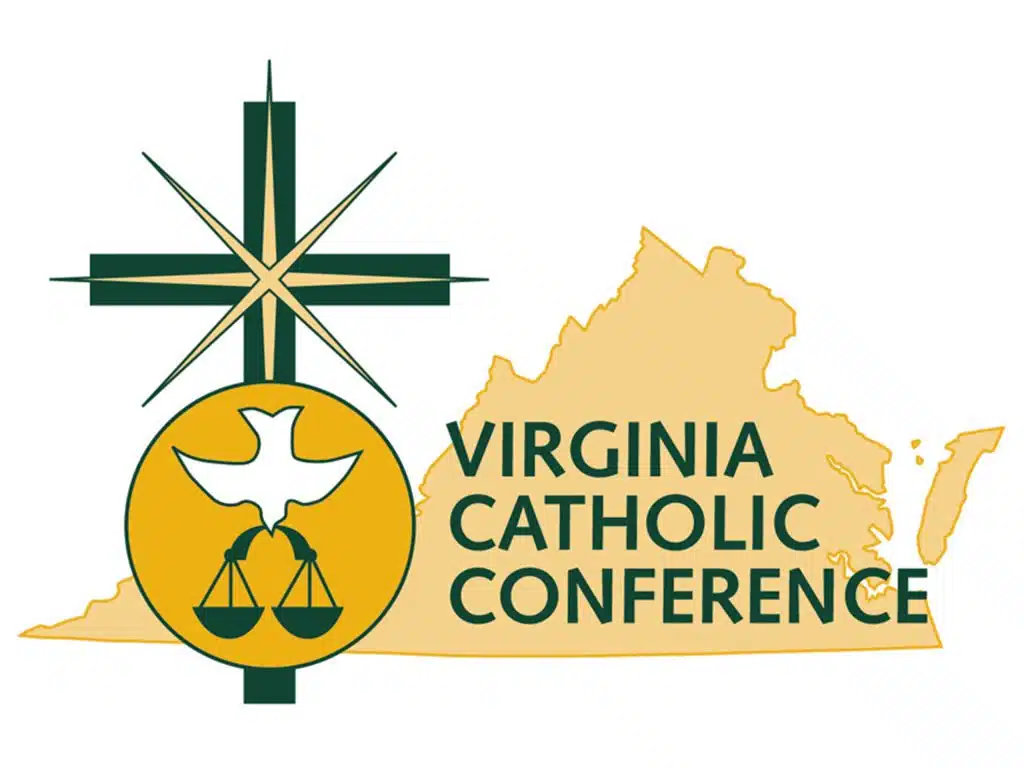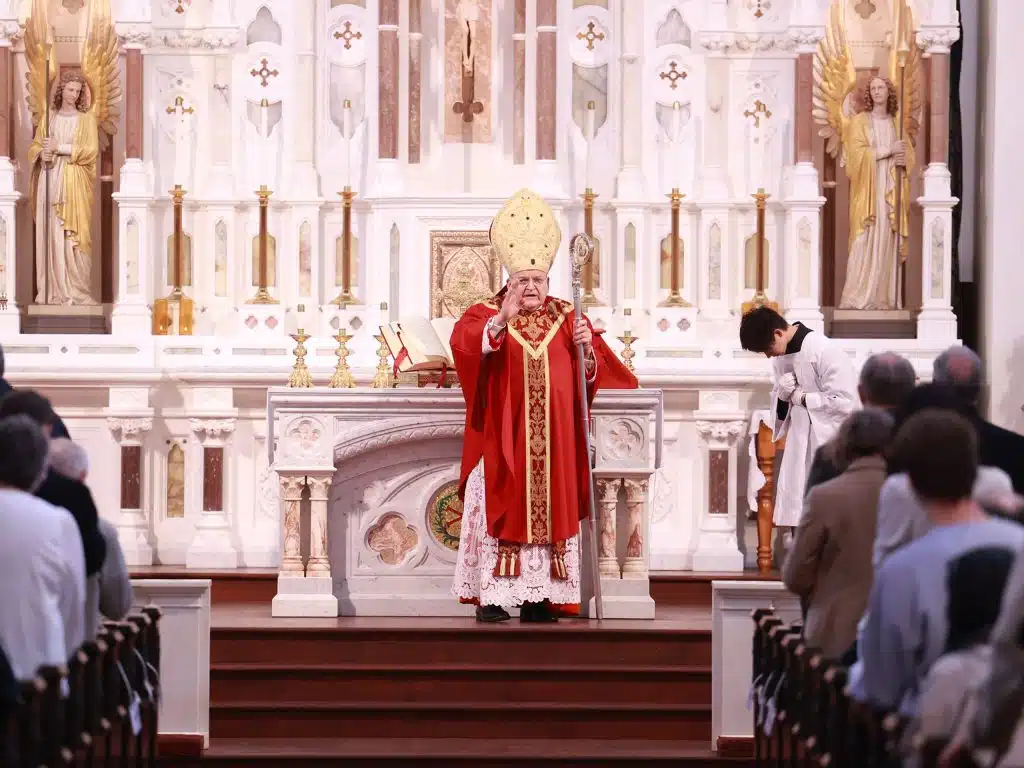This story has been updated.
Catholics have been allowed to worship openly in Virginia since Thomas Jefferson issued the Act for Establishing Religious Freedom in 1785. Soon after that, Catholics in the commonwealth began raising money to build their own church.
George Washington was said to have made the first contribution for the construction of a church in Alexandria, equivalent to about $1,200 today, at a St. Patrick’s Day party in 1788, the year before he became president. The party was at the home of his former aide, Col. John Fitzgerald, a prominent Irish Catholic in Alexandria, one of the busiest ports of the day.
Washington wasn’t reported to be Catholic, but he “promoted all religions,” said Father Edward C. Hathaway, rector of the Basilica of St. Mary in Alexandria, which is widely considered the first Catholic parish in Virginia and West Virginia, which were one state territory until 1863.
Washington’s donation was made for land at Church and South Washington streets, where the first brick structure known as the Church of St. Mary was built in 1795.
This year marks the 225th anniversary of the establishment of the church, which in 2018 was named a minor basilica, an honor that “highlights the parish and its story, which is the story of history in our region,” said Father Hathaway. “It’s really a diocesan anniversary, of the birth of the Catholic faith in Virginia.”
The land on which the original church was built later became Virginia’s first Catholic cemetery, which is still on that site today. The parish moved to its present location five blocks away in 1810. The sanctuary and a major portion of the present-day church were built in 1826 on Royal Street; it was dedicated in 1827. Many expansions and restoration projects have taken place since.
“We’re very much aware of trying to be authentic, living in Old Town,” with its extensive focus on history, Father Hathaway said. “People move here because they value history.” The basilica’s website features an extensive historical timeline, as well as architectural background and a virtual tour.
Some of that long history reflects the evolution of American society as a whole. For part of its history, the church was segregated, acknowledges parish historian Kitty Guy, a parishioner who noted that nine generations of her family have been baptized there. “It wasn’t unusual to see a Black person at St. Mary’s, but segregation was the law,” she said, adding that Black parishioners sat in the galleries upstairs, which ran the length of the church.
Even in the early years, not all Black parishioners were slaves. “Many were freed people,” she said. St. Mary’s started a school for Black children around the 1870s, “before public schools,” she noted. St. Mary’s Colored School lasted almost a decade, she said; the Sisters of the Holy Cross also taught Black children in Sunday school.
In 1914, St. Joseph Church in Alexandria was established and most of St. Mary’s Black parishioners chose to move there, Guy said.
Father Hathaway noted that “the Catholic Church mirrored the culture of the time, but at the same time, founded Black churches,” such as St. Joseph’s. “Their story and ours are intertwined; both are historic churches,” he said, adding that today, St. Joseph’s and St. Mary’s “do things together,” such as joint soup suppers, and they share a Knights of Columbus council.
He said that earlier this year, the Basilica founded the Saint Katharine Drexel Society “in response to events of racial injustice. The society prays weekly for the healing of our nation, especially for the historical wounds inflicted by slavery that continue to affect our populace, and in reparation for the sins of racism, past and present. I don’t know of another group quite like this in the diocese,” Father Hathaway said.
No specific anniversary date in 1795 is recorded in the historical records, so the basilica is celebrating the whole year with lectures, displays and other events. Plans for larger celebrations have been “a little derailed with the pandemic,” Father Hathaway said. A weekly feature online and in the bulletin has been focusing on the history of the parish.
One highlight of the anniversary year will be a livestreamed Mass that Bishop Michael F. Burbidge will celebrate at the basilica Oct. 10. There will also be a virtual concert Oct. 9 featuring members of the basilica’s Schola Cantorum.
Since the basilica’s designation as a minor basilica, the second most recent of the 85 now in the United States, the number of visitors has increased, according to Guy, who has given many tours. Before the pandemic, visitors would arrive by the busload, often from Catholic churches around the region taking day trips to see Alexandria and Mount Vernon and would stop by St. Mary’s for the noon Mass.
“Parishioners are already proud of St. Mary’s,” Father Hathaway said, “but being named a basilica creates a certain wonder, even for non-Catholics who were unaware of the gem in their midst.”
Many families in the parish have attended the church and school for generations, said Guy. She is updating her book, “St. Mary’s: 200 Years for Christ,” for the 225th anniversary.
“I always knew my family’s history, and their involvement through the years with the church. But researching and writing the book really broadened my appreciation for all the priests and parishioners over the two centuries,” she said. “One thing that stands out is how the priests worked throughout the 1918 flu epidemic.” Her grandfather and his infant son were among the casualties.
“Reading about the parish from so many sources, including the secular newspaper, made me realize how important St. Mary was in people’s lives and how much they liked and respected their priests, which I never thought about before,” she said.
Find out more
Bishop Michael F. Burbidge will celebrate Mass at the basilica Oct. 10 at 8:30 a.m. in honor of the parish’s 225th anniversary. To watch the livestream, go to stmaryoldtown.org/mass-videos.









